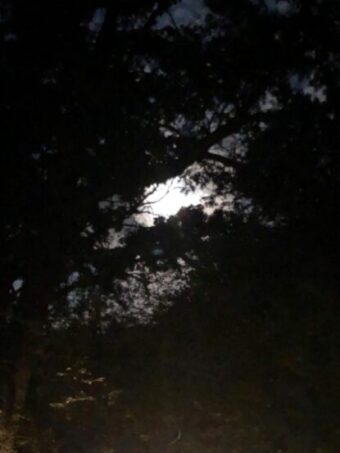
Assuming your weather is good, you will see a full moon on March 6 even before it reaches full illumination at 6:40 a.m. March 7. But it will appear full even on March 5 and March 8. It is popularly known as the Worm Moon.
What’s is the reasoning behind a full moon name?
Typically, full moons are named for animal behavior at that time of year or for crop seasons or temperature changes. The Worm Moon is the last full moon of the 2023 winter season.
By March the ground should be soft enough for some insects to make their way through the topsoil. That thinking had prompted some Native Americans, Europeans and agriculturists in other cultures to think of the emergences of worms. But there are other thoughts.
According to the Old Farmer’s Almanac, a Captain Jonathan Carver wrote in 1760 that after visiting the Naudowessies and other Native American tribes the March full moon is named the Worm Moon because beetle larvae begin to emerge from the bark of trees at that time of year.
Other Native American names refer to this full moon as the Eagle or Goose Moon, the Sugar Moon for the sap of sugar maples and the Wind Strong Moon, which get head nods from some regions of the U.S this year.
Religions also name full moons according to traditional rites. So, if the March full moon appears before the spring equinox, which in 2023 is March 20, it is known as the Lenten Moon. If after the spring equinox it would have been known as the Paschal Full Moon.
If looking for “falling stars,” check back here for the Lyrids, mid April.
